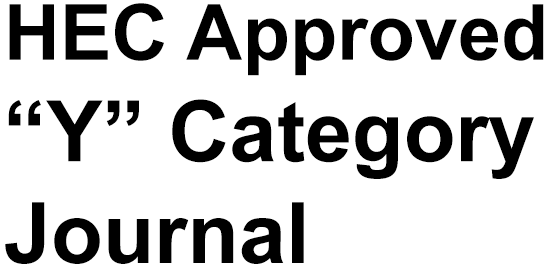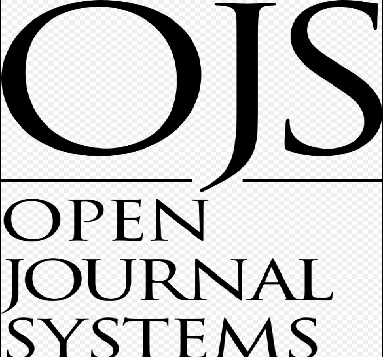A Comprehensive Review of Reading Comprehension Assessment Methods and Cognitive Levels
DOI:
https://doi.org/10.63056/ACAD.004.03.0488Keywords:
Bloom’s taxonomy, reading comprehension, testing, test formatAbstract
This review article aims to analyze the essential aspects of measuring reading proficiency. The assessment considers crucial variables, including the selection of text for evaluating reading comprehension, the structure of items, the length of the text, the inclusion of different genres, and the importance of previous knowledge in assessing students at different levels or stages. Most of the studies employed several taxonomies to evaluate reading comprehension. Many researchers have widely used Bloom's taxonomy to evaluate lower and higher-level skills. The data was collected from many sources, including books and journals. The previous study's findings indicated that the design of reading tests was significantly dependent on the objective of evaluating specific abilities or subskills at students’ higher and lower cognitive levels. Various aspects were considered, including the test-takers' skill levels, the texts' choice and length, the genre of texts, the forms of the test items, and the applicants' previous knowledge.
Downloads
Published
Issue
Section
License
Copyright (c) 2025 Ishfaque Ali Kalhoro , Fazal Rabbi, Bait Ul Haram (Author)

This work is licensed under a Creative Commons Attribution 4.0 International License.












